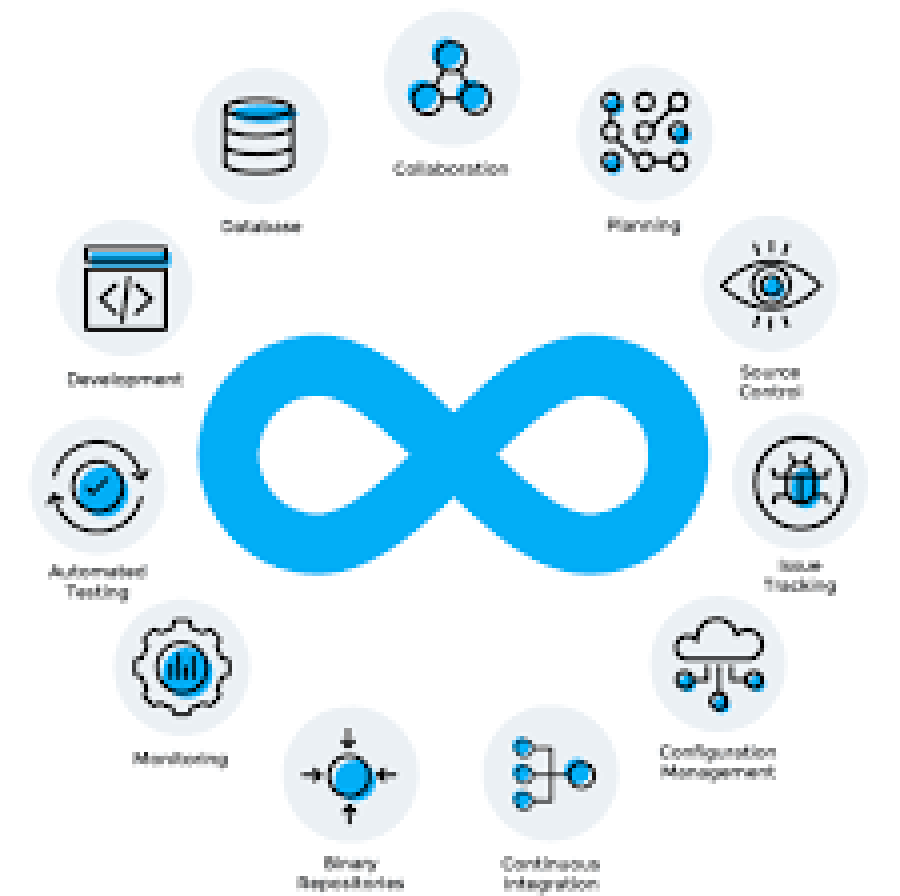Freelance Insights: How to Turn Financial Data into Business Intelligence
In the fast-paced freelance finance world, turning raw financial data into actionable business intelligence (BI) is no longer a luxury—it’s a necessity. Whether you’re managing multiple clients, analyzing trends, or making strategic recommendations, your ability to convert numbers into insights directly impacts your professional value. As a freelance accountant or financial consultant, mastering the art of data interpretation helps you spot opportunities, mitigate risks, and drive growth for your clients.
This guide will walk you through practical strategies, tools, and frameworks that freelancers can use to harness financial data and transform it into powerful business intelligence.
Long Description
1. Understanding the Link Between Financial Data and Business Intelligence
Financial data provides the what—revenue, expenses, cash flow, profitability—while business intelligence delivers the why and how. For freelance finance professionals, integrating BI tools into workflows helps:
Identify trends before they impact profitability
Forecast future performance with greater accuracy
Recommend data-driven strategies for client success
2. Why Freelancers Should Prioritize Business Intelligence
As a freelancer, you don’t just crunch numbers—you’re also a strategic partner for your clients. Using BI effectively can:
Enhance client trust with well-supported recommendations
Differentiate your services from traditional accounting work
Increase client retention through consistent value delivery
3. Essential Tools for Freelance Financial BI
Tool Type Example Platforms Benefits
Data Visualization Power BI, Tableau, Google Data Studio Converts raw numbers into visual insights
Cloud Accounting QuickBooks Online, Xero, FreshBooks Real-time financial tracking
Forecasting Software Float, LivePlan Predicts future trends
Data Integration Tools Zapier, Fivetran Automates data flow between platforms
4. Data Gathering: The Foundation of BI
For effective BI, data must be accurate, consistent, and timely. Steps to follow:
Collect data from all financial sources (invoices, bank feeds, sales reports)
Standardize formats for easier analysis
Ensure quality by reconciling and validating figures regularly
5. Key Metrics Every Freelance Financial Analyst Should Track
Gross Margin: Measures profitability before operational expenses
Cash Conversion Cycle: Tracks how quickly cash flows through a business
Client Acquisition Cost (CAC): Essential for evaluating marketing ROI
Return on Investment (ROI): Shows the profitability of investments
Accounts Receivable Turnover: Indicates how fast invoices are collected
6. Transforming Data into Insights
Data becomes business intelligence when you:
Contextualize it – Compare with industry benchmarks or historical performance
Visualize it – Use dashboards to highlight patterns
Interpret it – Explain why metrics are trending in a certain direction
Act on it – Suggest strategies backed by data evidence
7. Building Client-Friendly Dashboards
A BI dashboard helps clients see the big picture instantly. Best practices:
Keep visuals clear and concise
Highlight KPIs that matter most to the client’s goals
Allow drill-down views for deeper analysis
Update data in real-time for accuracy
8. The Role of AI in Financial Business Intelligence
AI-powered BI tools can:
Predict market shifts using historical data
Detect anomalies in financial transactions
Automate repetitive reporting tasks
Provide what-if scenario analysis for better planning
Example: Using AI to forecast quarterly cash flow fluctuations helps clients prepare for seasonal slowdowns.
9. Case Study: From Spreadsheets to BI Dashboard Success
A freelance accountant replaced a client’s manual spreadsheet tracking with Power BI integration linked to their accounting software. Results:
40% time saved on monthly reporting
Improved decision-making due to real-time KPIs
Revenue growth after identifying high-margin services
10. Tips for Freelancers to Excel in BI
Invest in skill development – Learn data analytics and visualization tools
Communicate insights simply – Avoid overwhelming clients with jargon
Stay updated on BI trends – Follow finance and analytics communities
Create templates – Standardized dashboards speed up future projects
11. Challenges and How to Overcome Them
Data Overload: Focus only on relevant KPIs
Inconsistent Data: Use automated integrations to reduce errors
Client Resistance: Show tangible ROI from BI usage
12. Future of Business Intelligence in Freelance Finance
With cloud technology, AI, and blockchain advancing rapidly, the role of BI will only grow. Freelancers who adopt BI early will have a competitive edge, offering strategic guidance far beyond basic bookkeeping.
Conclusion
Turning financial data into business intelligence isn’t just about analyzing numbers—it’s about telling a story that guides decisions, improves efficiency, and fuels growth. As a freelance finance professional, mastering BI will position you as a trusted advisor, making your services indispensable in today’s data-driven market.


 by Emily
by Emily




